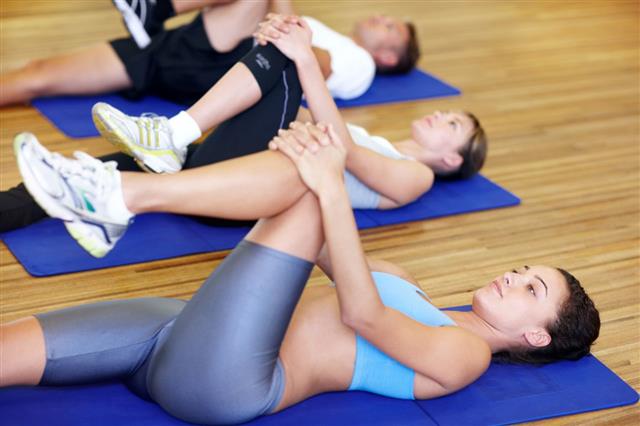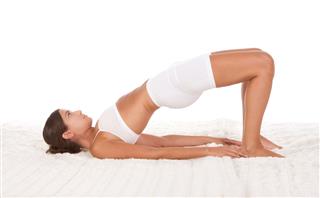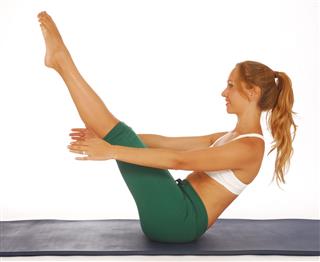
Performing exercises after hysterectomy are essential for speedy recovery. This article provides some easy exercises, for those who have undergone this surgery or are planning to have one.
A hysterectomy is the surgical removal of the uterus or womb, along with the cervix in some cases due to health ailments like reproductive system cancers (uterine, cervical, ovarian) or tumors, uterine fibroids, severe and intractable endometriosis (overgrowth of the uterine lining) and/or adenomyosis (overgrowth of the uterine lining through the uterine wall), etc. Women can perform certain exercises post surgery, in order to obtain fast recovery and better resistance against sickness. These exercises help boost the body’s immune system, reduce muscle tension, improve the quality of sleep, and make the person feel good by reducing mood swings and depression, after the surgery.
Exercises After Hysterectomy
Here are some simple yet effective strengthening and abdominal exercises, that might help increase your energy levels and build up your stamina. Before starting them, do some warm-up exercises to avoid any complications or injuries. These include relaxing your arms down by your sides, pulling your chin back and holding for 5-10 seconds or lie on the bed or mat, taking your hands above your head and pressing your arms back into the bed or mat for a few seconds.
Pelvic Tilting
Lie on your back with a pillow under your head, and bend your knees together. Slowly breathe in and out and pull in your tummy muscles. Meanwhile, slightly tilt your bottom upwards and press the middle of your back against the mat. Hold for a few seconds and then relax. This exercise will help a backache and minimize abdominal wind.
Head Sit-Up
Cross your arms over your abdomen and slowly pull your tummy muscles together with your hands. Take a deep breath and as you breathe out, lift your head and try to touch your chin to your chest. Hold for a few seconds and slowly rest your head back on the ground.
Pelvic Floor
Lie on the ground with your both legs bent apart. Do not tighten or hold your tummy muscles. Pull up and close the back passage, hold for 3-5 seconds. Now, pull up and close the front passages for 3-5 seconds as if you were trying to prevent a bowel and bladder action.
Trunk Rotation
Lie flat on the ground with a pillow under your head, both knees bent up fully together. Tightly hold your tummy muscles and slowly move both knees to the left, to the right, and then slowly return to the center position. Stop and relax the tummy and pelvic muscles.
Straight Abdominal Exercise
Lie flat with a pillow and tightly hold your tummy muscles. Bring your arms out towards your knees or crossed over your chest (as it is comfortable for you) and slowly raise your head, neck, and shoulders to look at the knees. Hold for a few seconds, slowly come down and relax.
Stomach Strengthening
For this, you need to be on your hands and knees or can keep a pillow under your knees and rest your arms on a chair. Take a deep breath and without moving the rest of your body, tighten your tummy muscles while exhaling. Hold for a few seconds and then relax.
Hip Hitching
Lie flat on the ground with a pillow under your head and keep one leg straight and another bent. Tighten your tummy muscles and feel your back touching the ground. Now, slowly pull the straight leg up at the hip towards the shoulder, hold for a few seconds, and then relax. Repeat the same with the other leg.
Following the aforementioned exercises might prove beneficial. Try performing these exercises 10 times each, once or twice a day for three months after the surgery. However, while practicing these, if you feel any kind of discomfort, stop immediately and consult the doctor.
Disclaimer: This article is for informative purposes only, and should not be used as a replacement for expert medical advice.





